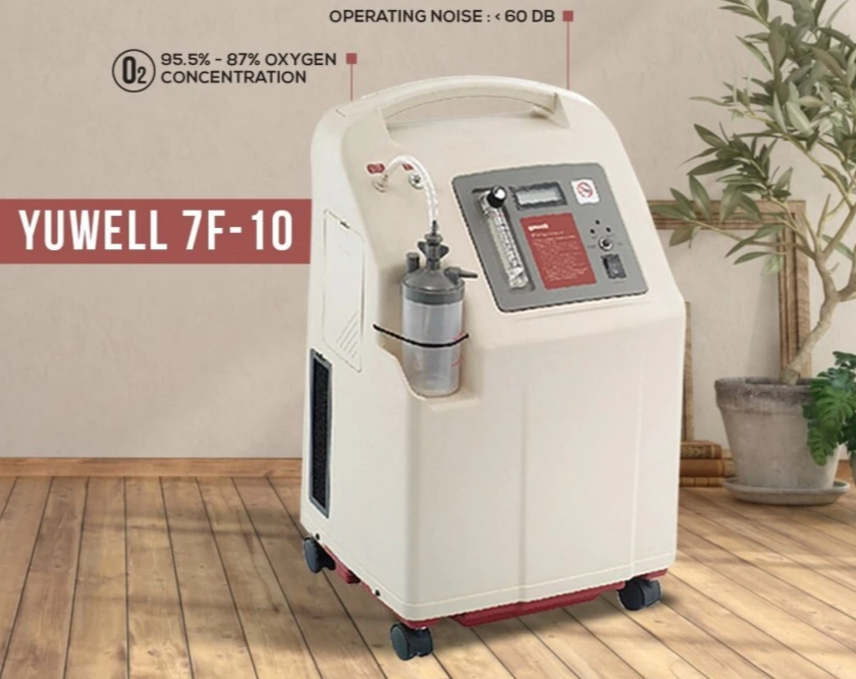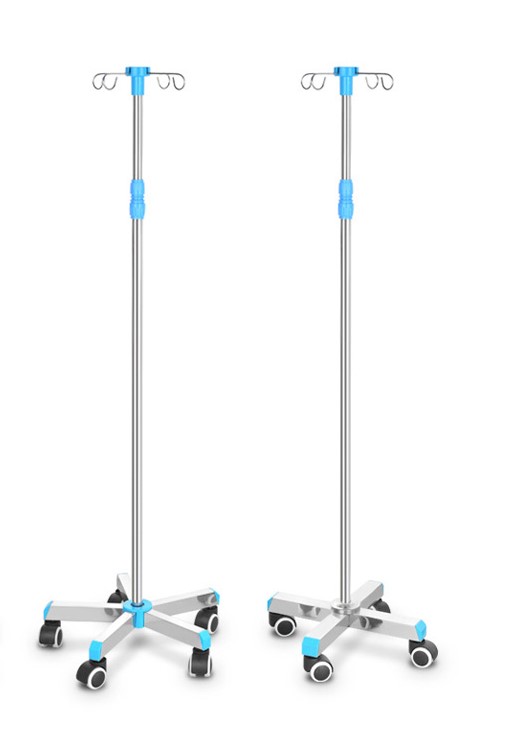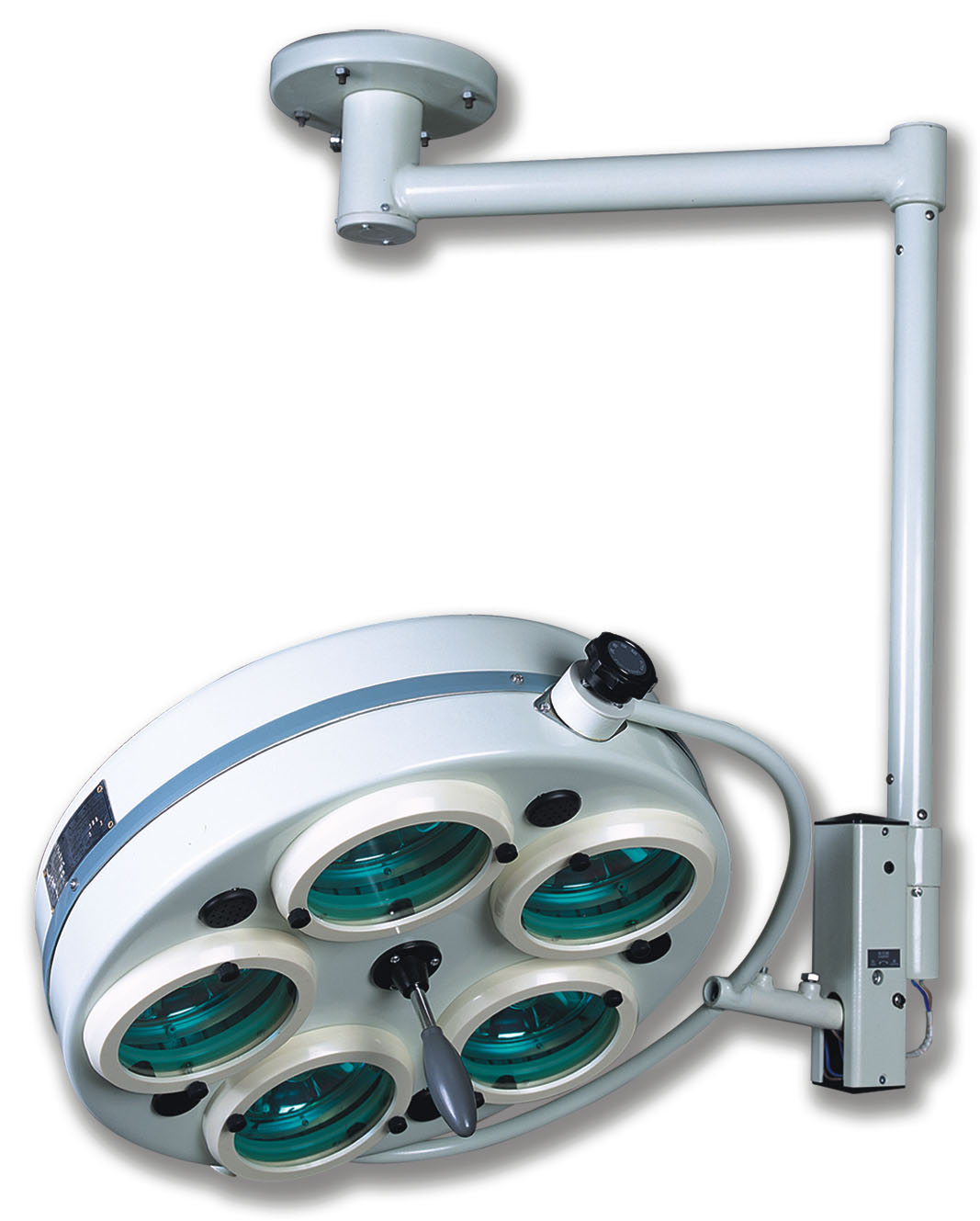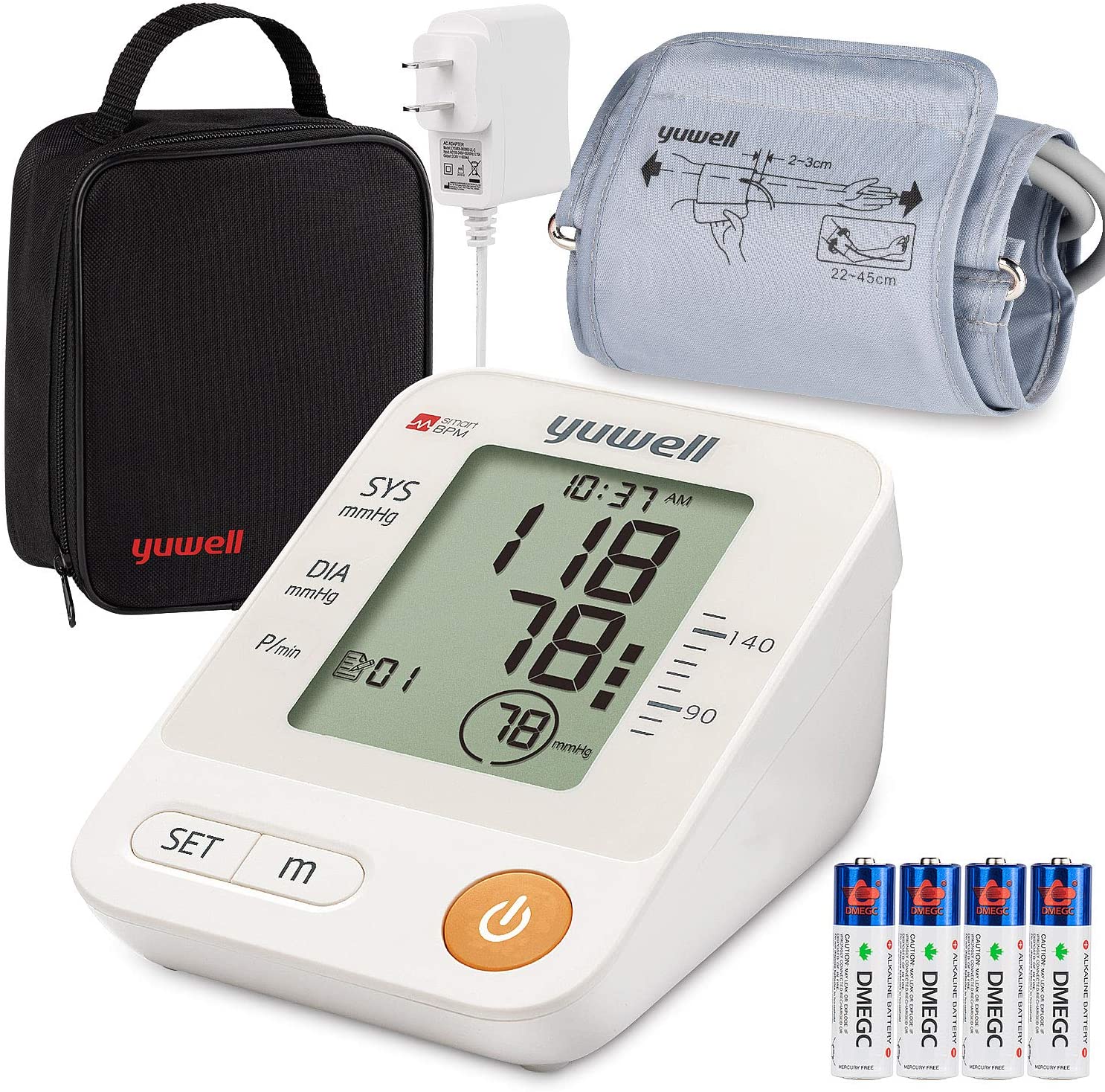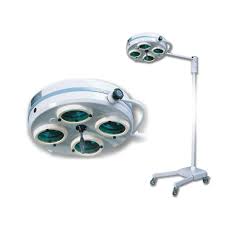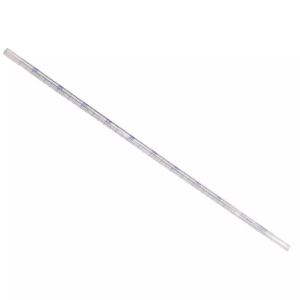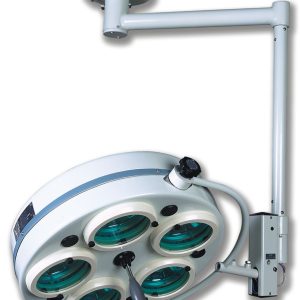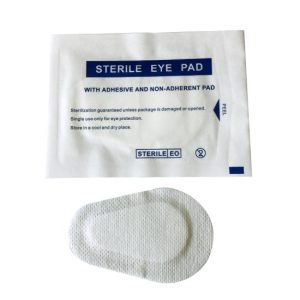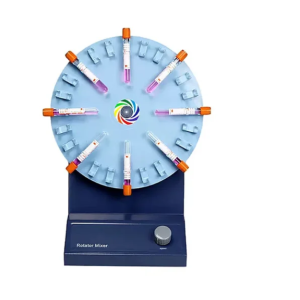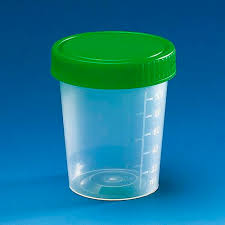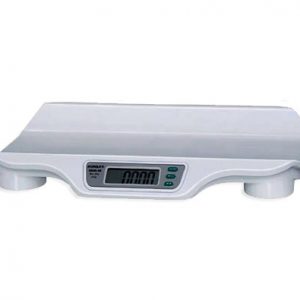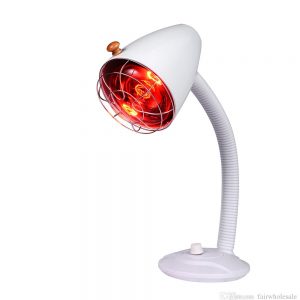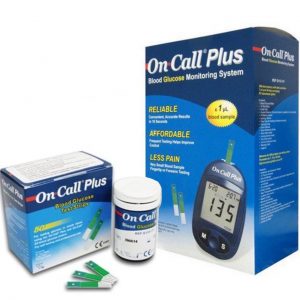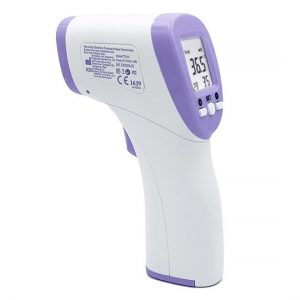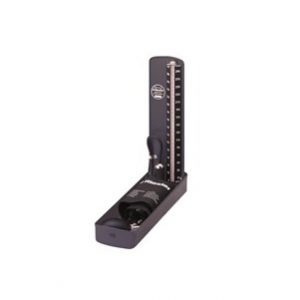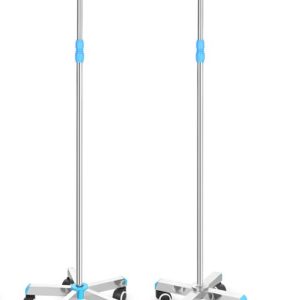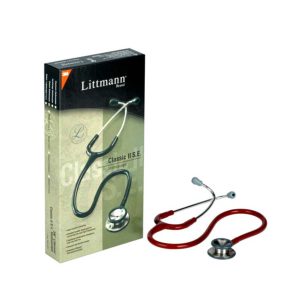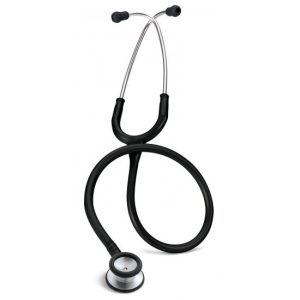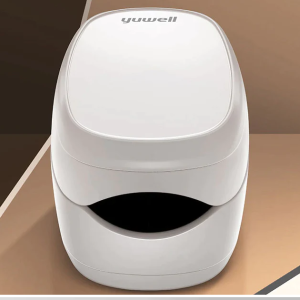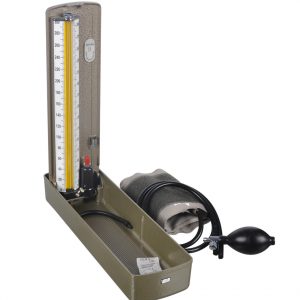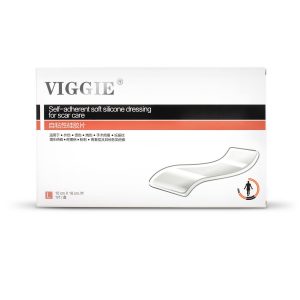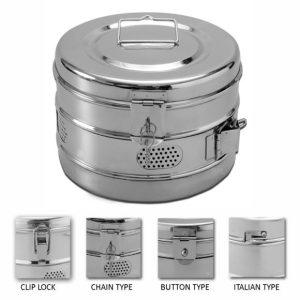Recommended Items
Best Seller Items
-
Urine Containers Kenya
STOOL CONTAINERS
SPIRAL BOTTLE MOUTH: used for enhanced sealing and safety.
CALIBRATION CLEAR: Designed with internal engraving for easy measurement and easier identification.
URINE CONTAINERS
Culture bacteria and cell sterile environment for culture.
Smooth surface optimal transparent body.
KSh12.00Urine Containers Kenya
KSh12.00 -
-
-
Digital Baby weighing Scale
Digital baby scale
It is used to determine the weight of an infant, it has an LCD display that display the results, it has a high precision sensor, stable platform, high precision strain gauge sensor providing the most accurate weight.
It is made from ABS material which is non toxic and odorless
KSh7,000.00Digital Baby weighing Scale
KSh7,000.00 -
Microscope X107
- High quality resolution for detailed viewing of samples.
- Objective lens set of : 4X ,10X ,40X ,100x.
- LED light illumination with mechanical stage.
KSh24,500.00Microscope X107
KSh24,500.00 -
Desktop Infrared Therapy Lamp
- Provides deep heat infrared therapy for relieving muscle pains.
- Adjustable heat intensity based on treatment needs.
- Adjustable head with flexible arm for targeted treatment.
KSh7,000.00Desktop Infrared Therapy Lamp
KSh7,000.00
-
Glucometer with Strips
- Fast and precise blood sugar monitoring.
- Small blood sample required.
- Portable and lightweight with large LCD screen.
KSh4,000.00Glucometer with Strips
KSh4,000.00 -
-
Manual Blood Pressure Machine
A sphygmomanometer, also known as a blood pressure monitor, or blood pressure gauge, is a device used to measure blood pressure, composed of an inflatable cuff to collapse and then release the artery under the cuff in a controlled manner,and a mercury manometer to measure the pressure. Manual sphygmomanometers are used with a stethoscope when using the auscultatory technique.
A Riester sphygmomanometer consists of an inflatable cuff, a measuring unit (the mercury manometer, or aneroid gauge), and a mechanism for inflation which may be a manually operated bulb, It uses mercury.
KSh4,000.00Manual Blood Pressure Machine
KSh4,000.00 -
IV infusion Stand
A drip stand is a large metallic rod that is used to hold IV bags, made from stainless steel
It has four hooks which are used to hold the iv bag in place.
It has a central ring for height adjustment and four castors which ease the movement from one point to another.
Has a stable base stainless steel , safe and durable.
KSh4,000.00IV infusion Stand
KSh4,000.00 -
-
Pediatric Littmann Stethoscope
- Dual-Head Chest Piece.
- High Acoustic Sensitivity
- Soft, Sealing Ear Tips with Flexible, Latex-Free PVC Tubing.
KSh3,000.00KSh5,000.00Pediatric Littmann Stethoscope
KSh3,000.00KSh5,000.00 -
-
Mercurial BP Machine
Mercurial blood pressure machine
A device used to measure blood pressure.
How it works;
After cuffing the patient pump using a bulb until the pressure is about 20mmHg above the expected systolic blood pressure.
The patient should be comfortable and relaxed the lower arm should be placed at the level of the heart with the inside of the arm facing upwards
Place the chest piece of the stethoscope on the artery under the cuff.
To be able to measure open the air release screw on the bulb by turning it counter clockwise, ideally the rate of air release should be 2-3mm, perform a visual check of the air release rate by looking at scale. Mercury display must move along the scale at a speed of 1-15 graduations per second.
Once the upper blood pressure value has been reached a rhythmic thumbing sound is heard
Systolic blood pressure value is the pressure measured when the heart contracts forcing blood into the blood vessels
When the diastolic pressure is reached the thumbing sounds stops
Diastolic is the pressure measured when the cardiac muscle is expanded and fills up with blood again.
Open the air release valve completely so that air can escape from the cuff immediately and the procedure has been completed.
KSh3,000.00Mercurial BP Machine
KSh3,000.00 -
Scar Gel Sheet
silicone is effective at both preventing and healing scars,
It works by creating a protective layer over the scar to stop it losing water, damaged skin needs moisture to heal as dry skin tiny cracks at can allow bacteria to enter.
It can slow down healing by causing further inflammation
It is one big sheet that is cut according to the size of the scar, then place the sheet on top of the scar, after some time the scar will vanish
KSh3,000.00Scar Gel Sheet
KSh3,000.00 -
PULSE OXIMETER
Pulse oximetry is a noninvasive method for monitoring a person’s oxygen saturation. Though its reading of peripheral oxygen saturation (SpO2) is not always identical to the more desirable reading of arterial oxygen saturation (SaO2) from arterial blood gas analysis, the two are correlated well enough that the safe, convenient, noninvasive, inexpensive pulse oximetry method is valuable for measuring oxygen saturation in clinical use.
In its most common (transmissive) application mode, a sensor device is placed on a thin part of the patient’s body, usually a fingertip or earlobe, or in the case of an infant, across a foot. The device passes two wavelengths of light through the body part to a photodetector. It measures the changing absorbance at each of the wavelengths, allowing it to determine the absorbances due to the pulsing arterial blood alone, excluding venous blood, skin, bone, muscle, fat, and (in most cases) nail polish.
Reflectance pulse oximetry is a less common alternative to transmissive pulse oximetry. This method does not require a thin section of the person’s body and is therefore well suited to a universal application such as the feet, forehead, and chest, but it also has some limitations. Vasodilation and pooling of venous blood in the head due to compromised venous return to the heart can cause a combination of arterial and venous pulsations in the forehead region and lead to spurious SpO2 results. Such conditions occur while undergoing anesthesia with endotracheal intubation and mechanical ventilation or in patients in the Trendelenburg position.
KSh2,500.00PULSE OXIMETER
KSh2,500.00 -


